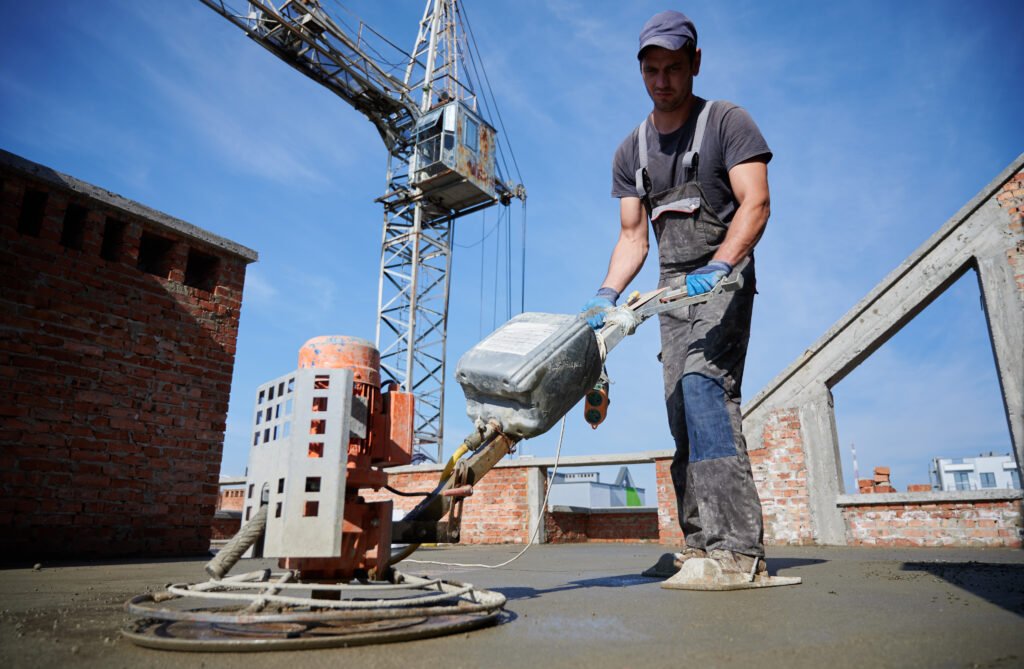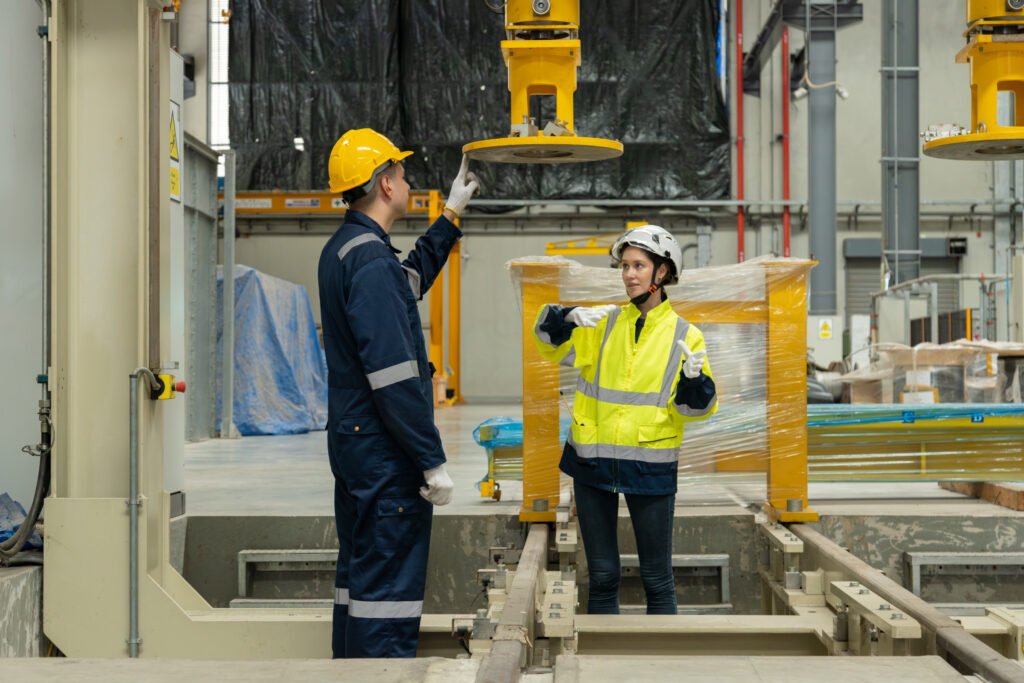Introduction:
Cement has been the backbone of the construction industry for centuries. However, with environmental concerns and technological advancements at the forefront of global development, the cement industry is undergoing significant changes. Innovations in cement technology are transforming how we build, focusing on sustainability, durability, and performance. In this article, we’ll explore the latest innovations in cement technology and how they are shaping the future of construction.

- Eco-Friendly Cement
- Low Carbon Emission Cement: One of the most pressing concerns in the cement industry is its carbon footprint. Traditional cement production is responsible for nearly 8% of global CO2 emissions. To counter this, new types of cement with lower emissions are being developed, such as geopolymer cement and carbon-neutral cement. These eco-friendly alternatives are designed to reduce environmental impact without compromising performance.
- Benefits: Reduced carbon emissions, enhanced sustainability, and compliance with green building standards.
- Self-Healing Cement
- How It Works: One of the most innovative developments in cement technology is self-healing cement. This advanced material contains microcapsules filled with healing agents like bacteria or chemicals that activate when cracks occur. Once triggered, the agents repair the cracks, prolonging the lifespan of the structure and reducing maintenance costs.
- Real-World Applications: Bridges, roads, and large infrastructure projects benefit from this technology, particularly in areas prone to extreme weather conditions or seismic activity.
- 3D Printing with Cement
- Revolutionizing Construction: 3D printing technology has made its way into construction, and cement is one of the key materials used in this innovative process. 3D-printed cement structures are not only cost-effective but also enable complex designs that were previously impossible with traditional methods.
- Benefits: Faster construction times, reduced labor costs, and enhanced design flexibility. 3D printing with cement has been used in building homes, bridges, and even large-scale sculptures.
- Nanotechnology in Cement
- Enhanced Durability and Strength: Nanotechnology is making cement stronger and more durable than ever before. By manipulating cement particles at the nanoscale, scientists can improve the material’s strength, water resistance, and durability. Nano-engineered cement is also more resistant to cracking and chemical degradation.
- Impact on the Industry: This technology is particularly useful in high-performance applications such as skyscrapers, dams, and industrial facilities where strength and longevity are crucial.

- Alternative Binders and Additives
- Beyond Portland Cement: Traditional Portland cement is being replaced in some areas by alternative binders such as fly ash, slag, and silica fume. These additives not only improve the properties of cement but also make use of industrial by-products, which contributes to waste reduction and sustainability.
- Key Benefits: Improved workability, reduced curing time, and enhanced resistance to heat and chemical damage.
Conclusion:
As the world continues to demand more sustainable and efficient building materials, innovations in cement technology are leading the way. From low-carbon and self-healing cement to 3D printing and nanotechnology, these advancements are shaping the future of construction. By adopting these new technologies, construction professionals can not only improve the quality of their projects but also reduce environmental impact.
Read Resources:
Read More:
- Building a Residential Complex: How Beacon for Export Contributed to Its Success
- How to Choose the Right Cement for Your Project: A Comprehensive Guide